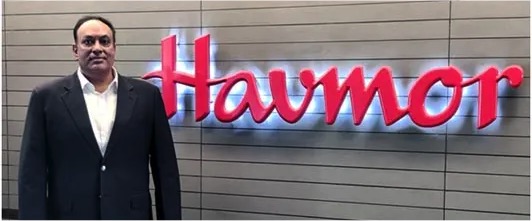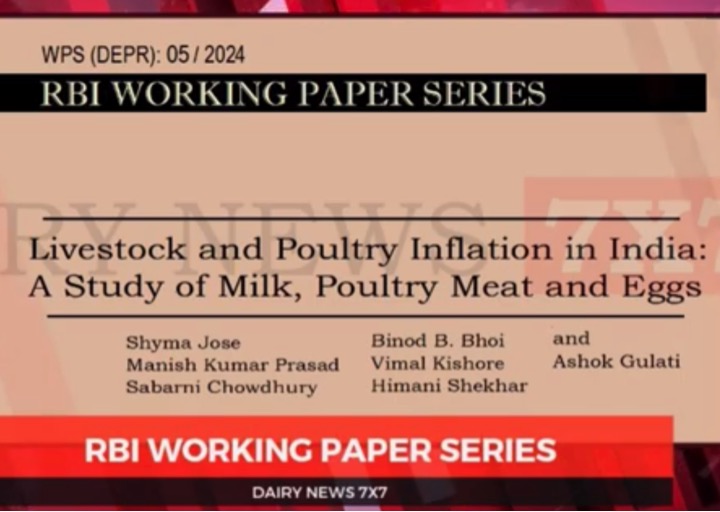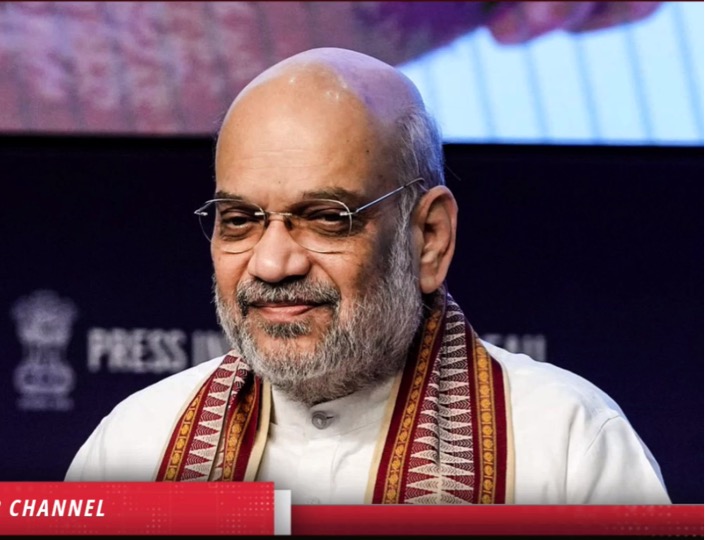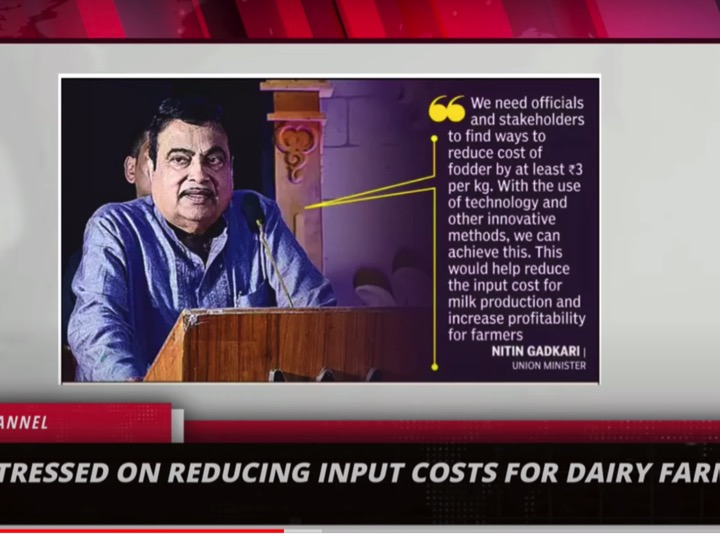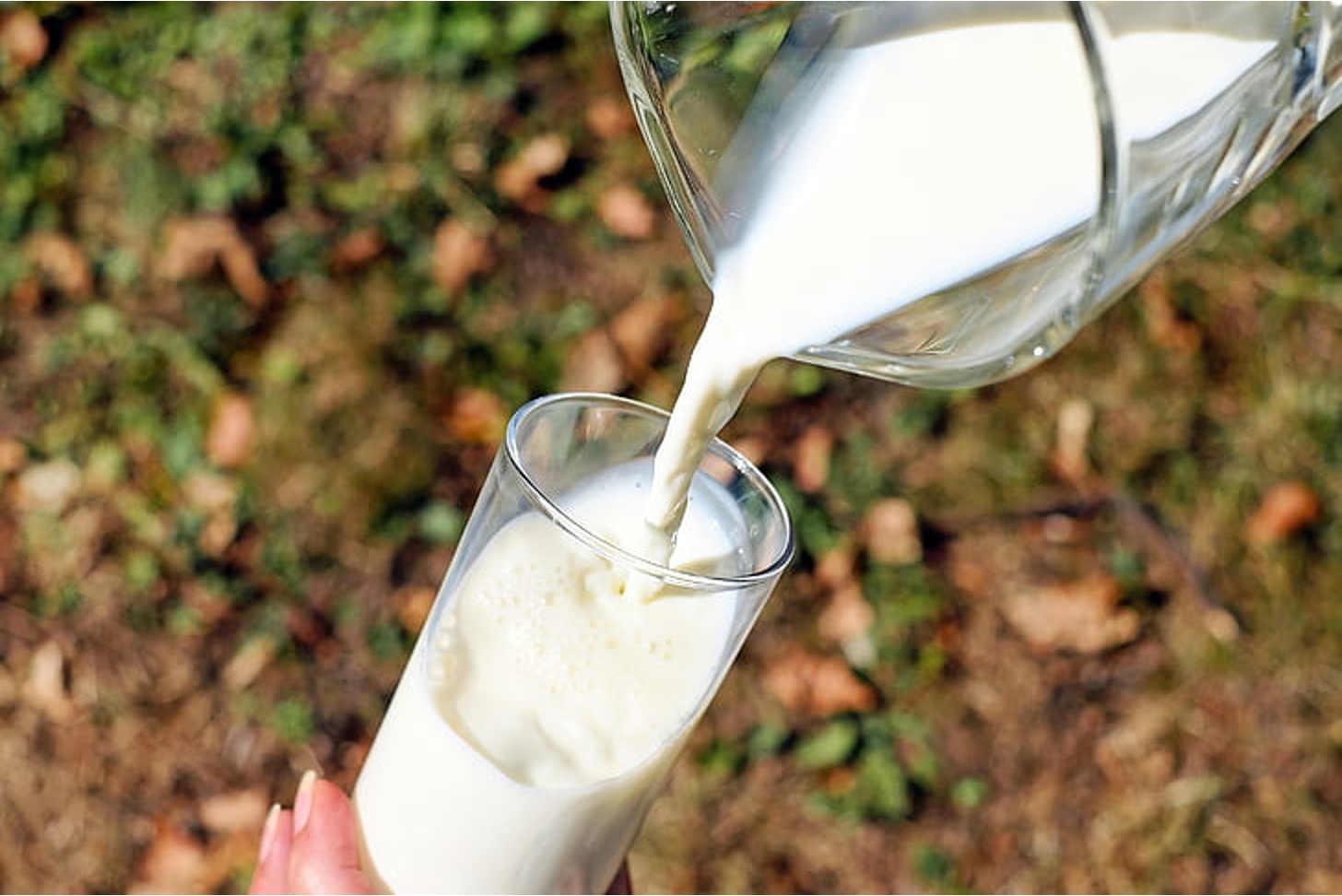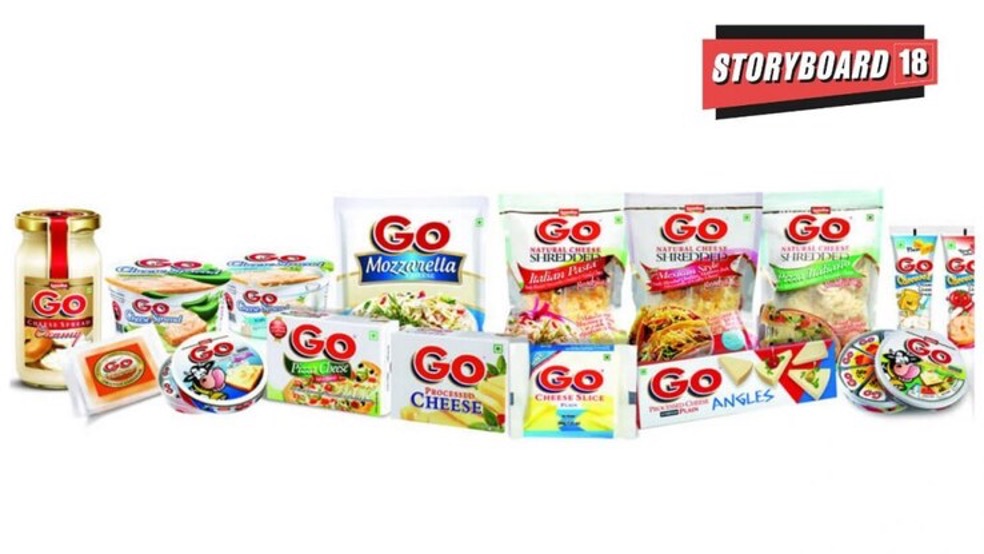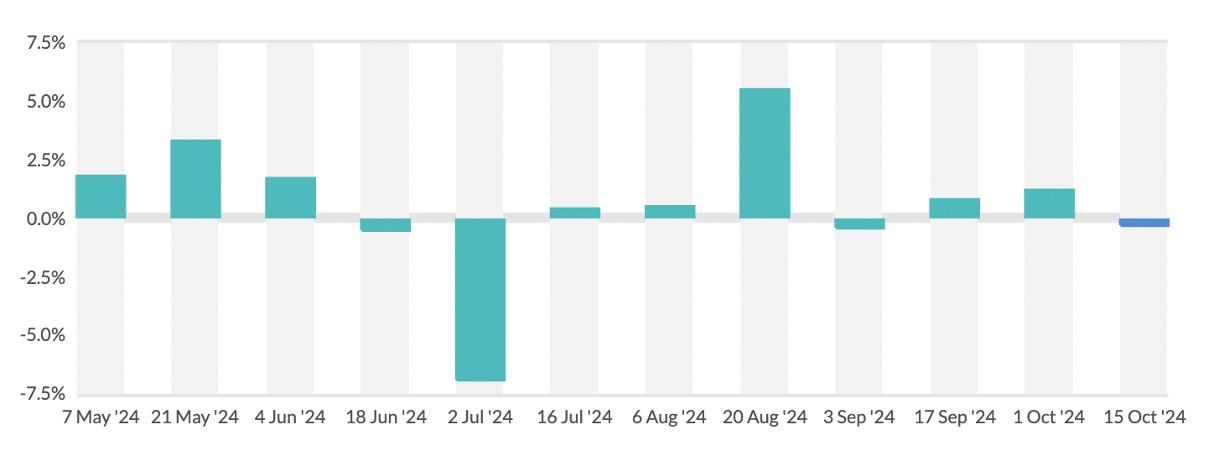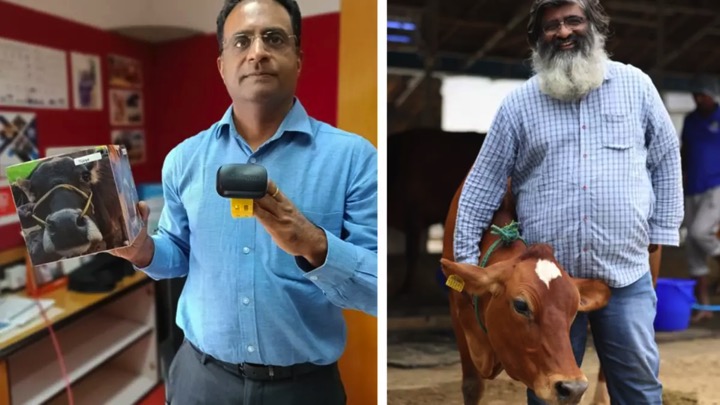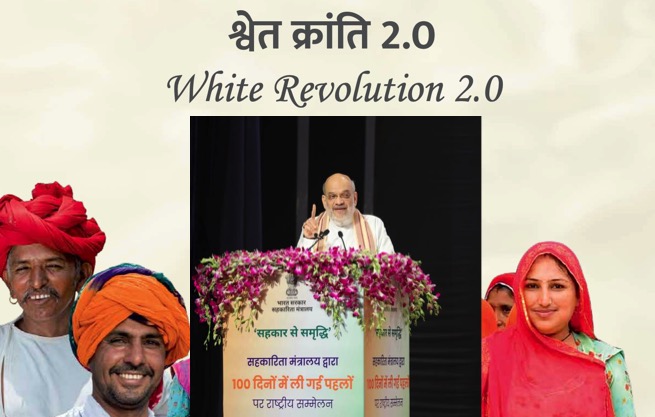As the ice cream sector navigated a challenging terrain over the past couple of years, Lotte Confectionery’s Havmor Ice Cream focussed on e-commerce and innovation to stay afloat. Komal Anand talks to Christina Moniz about the brand’s efforts to achieve the `1,000 crore revenue target, supply chain and delivery challenges in the home delivery of ice cream, and more.
The pandemic has been tough on the ice cream sector, with two peak summer seasons being hit. What kind of business shifts did Havmor make to sustain in these times?
The year 2020 was perhaps the toughest for the industry. Before Covid-19, we didn’t really focus much on the e-commerce channel, unlike other FMCG companies. Over the past two years, we really stepped up our engagement and presence on e-commerce. We have strengthened our product range during this time. In 2021, we launched the World Cone, a global bestseller from Korea. However, we also had to let go of some of our ice cream outlets during the pandemic, especially those in premium locations like airports.
There have been ups and downs in the past couple of years, but we have been one of the few fortunate ice-cream brands in the country to have survived. We are back on track, but like most businesses, we are about a year behind in the journey towards our ambitions.
Given the increase in at-home consumption, how are you tackling supply chain and last-mile delivery challenges?
We have used our network of more than 230 ice cream parlours, in addition to distributors, for last-mile delivery. We have seen exponential growth through food aggregators, compared to the traditional retail channel. We are also partnering
with several dark kitchens, since the at-home consumption trend is definitely here to stay.
All our distribution partners — Big Basket, JioMart and Amazon — are investing time and money in strengthening the backend to service the consumer. Havmor, too, had launched ice cream cakes some years ago, which we deliver in a special box that retains the product’s temperature for 60-90 minutes during delivery. Yes, the cost in maintaining temperature is high, but we are clear that we want to spend in order to grow the category. The ice cream category in India is estimated to be worth `18,000 crore, and the consumption opportunity is very large. To put this in perspective: we are at just about 25% of the per capita consumption of a market like China. There is, therefore, massive headroom for growth.
Until three years ago, Havmor was well on track to reach the `1,000 crore revenue mark by 2020. How close are you to that target?
We definitely expect to see strong, double-digit growth this year. In fact, we have consistently been growing at double digits annually, barring 2020. So, we will get to the `1,000 crore target very soon.
Havmor recently partnered with ITC to sell Master Chef’s range of frozen snacks. What are your growth expectations from this tie-up?
The partnership with ITC Master Chef was to permit the brand to use about 100 of Havmor’s mobile carts in Delhi-NCR. Fried snacks tend to see higher demand during the winter months, while ice cream sales tend to increase in the summer months. Havmor’s carts are manned by operators, who go back to their villages in the winter months because there isn’t much business for them. So, this was an experiment during winter that worked for both ITC, to drive up distribution and visibility, and for our vendors. In March, we will use the carts once again for Havmor’s products. Nonetheless, the two companies will review if there is merit in scaling up this experiment next year.
Are you looking at expanding footprint to the rural markets?
The consumption opportunity is large in the metros and tier I markets, and that’s where the focus will continue. Given the supply chain issues in ice cream right now, it will take some time for us to get into the rural markets. This year, the plan is to invest in our stronger markets in the West and North. We have also started incubating cities in the South and East.


